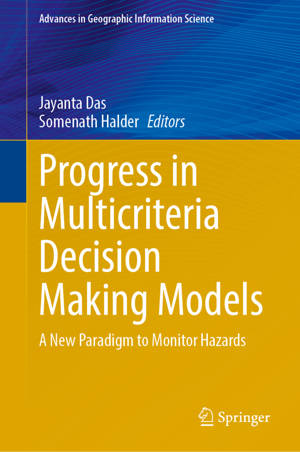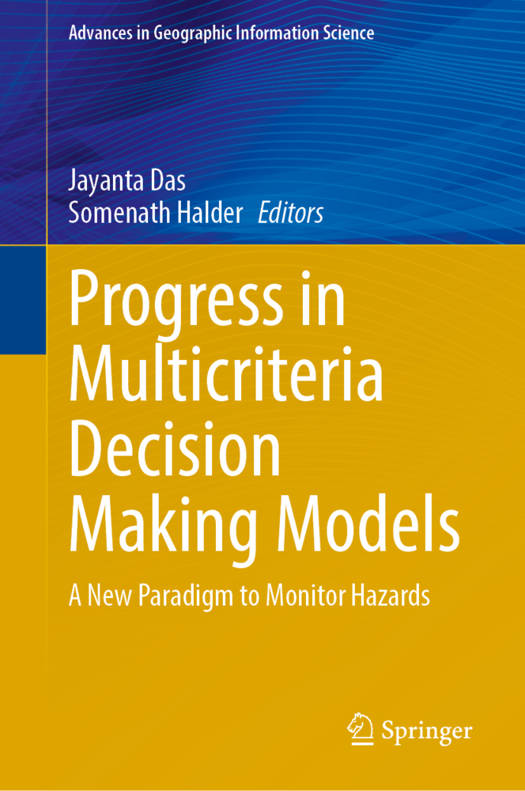
- Afhalen na 1 uur in een winkel met voorraad
- Gratis thuislevering in België vanaf € 30
- Ruim aanbod met 7 miljoen producten
- Afhalen na 1 uur in een winkel met voorraad
- Gratis thuislevering in België vanaf € 30
- Ruim aanbod met 7 miljoen producten
Zoeken
Progress in Multicriteria Decision Making Models
A New Paradigm to Monitor Hazards
€ 305,45
+ 610 punten
Omschrijving
This book offers a comprehensive exploration of Multicriteria Decision Making (MCDM) models, presenting a novel approach to hazard monitoring that enhances decision-making. Using advanced GIS techniques and integrating both subjective and objective models, this volume addresses the complex interdependencies of various risk factors. The chapters here explore how MCDM methods can be effectively applied to assess and manage risks associated with natural disasters and other hazards. They highlight various MCDM methodologies such as the Analytic Hierarchy Process (AHP), Technique for Order of Preference by Similarity to Ideal Solution (TOPSIS), and Multi-Attribute Utility Theory (MAUT), each offering unique approaches to complex decision problems. The significance of these methods lies in their ability to accommodate diverse preferences and handle uncertainties that are inherent in the monitoring and management of hazards. One of the central themes of the book is the holistic approach to hazard monitoring. This approach integrates various factors including hazard severity, the vulnerability of assets, and the likelihood of occurrence, economic implications, and societal impacts into a cohesive framework. This enables stakeholders to achieve a comprehensive understanding of hazards and their potential effects, facilitating more informed and robust decision-making. By showcasing applications across different domains such as disaster management, environmental risk assessment, urban planning, and infrastructure development, the book demonstrates the practical utility of MCDM in real-world settings. Each chapter provides detailed case studies and comparative analyses that illustrate how these methodologies can be applied to optimize hazard monitoring and risk assessment. This book is useful to academic researchers and students in the fields of geography, environmental science, and disaster management, as well as professionals and policymakers involved in hazard assessment and mitigation. It serves as an essential resource for anyone looking to enhance their understanding of multicriteria decision-making processes and their application in the context of hazard monitoring and risk management.
Specificaties
Betrokkenen
- Uitgeverij:
Inhoud
- Aantal bladzijden:
- 524
- Taal:
- Engels
- Reeks:
Eigenschappen
- Productcode (EAN):
- 9783031892455
- Verschijningsdatum:
- 15/06/2025
- Uitvoering:
- Hardcover
- Formaat:
- Genaaid
- Afmetingen:
- 163 mm x 239 mm
- Gewicht:
- 1070 g

Alleen bij Standaard Boekhandel
+ 610 punten op je klantenkaart van Standaard Boekhandel
Beoordelingen
We publiceren alleen reviews die voldoen aan de voorwaarden voor reviews. Bekijk onze voorwaarden voor reviews.







